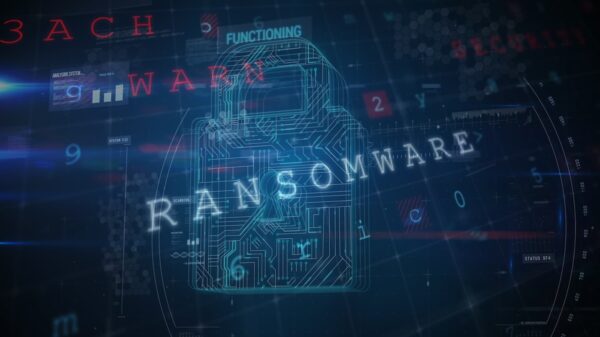Betabot, a piece of malware that has been around for years, recently started to deliver ransomware to compromised computers, Invincea reveals.
Previously, Betabot was primarily a banking information stealing Trojan, a password stealing Trojan, and a botnet, but it appears that the old school malware is now looking to capitalize on the current ransomware trend. Now, Betabot becomes the first known weaponized document with password stealing malware that is also calling ransomware as a second stage attack.
In a new report on the threat, Patrick Belcher, Senior Director of Threat Research, Invincea, explains that the malware packs virtual machine awareness and can check for some sandboxes, which helps it evade detection and analysis. What’s more, the Betabot was observed last week being delivered by the Neutrino exploit kit, the researcher says.
The infection campaign relies on weaponized documents delivered as email attachments, and on social engineering to trick users into enabling macros. The attachments claim to be resumes, but,once the malicious macros have been enabled, malware capable of scrapping all passwords stored in local browsers is served. The email campaign attempted to infect thousands of victims, Belcher notes.
Although Betabot has no further use of the compromised machine once it managed to steal passwords, a second-stage attack was observed, where the malware deploys the Cerber ransomware on the endpoint. By taking this approach, the malware’s operators are looking to increase their profits, the researcher says.
A single IP (93[.]174.91.49) is used for both Betabot and Cerber, and Belcher explains that the malware authors switched between the two sometime between Aug. 11 and Aug. 16. Weaponized documents called resume.doc were serving Cerber before Aug 11, but they started delivering Betabot (as bb.exe, bbcrypt.exe, and diablo.exe) on Aug. 16.
“This marks the first time that a weaponized document with password stealing malware has called ransomware as a second stage attack. This is an evolution in maximizing the profits from an endpoint compromise, earning much larger payout by using multiple attack techniques,” Belcher concludes.
Related: Kovter Ad Fraud Trojan Evolves Into Ransomware
Related: Upgraded Petya Malware Installs Additional Ransomware















